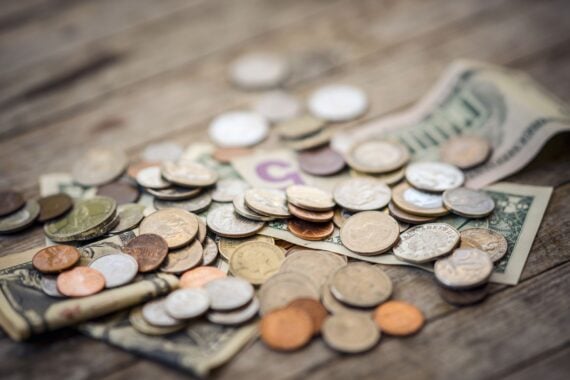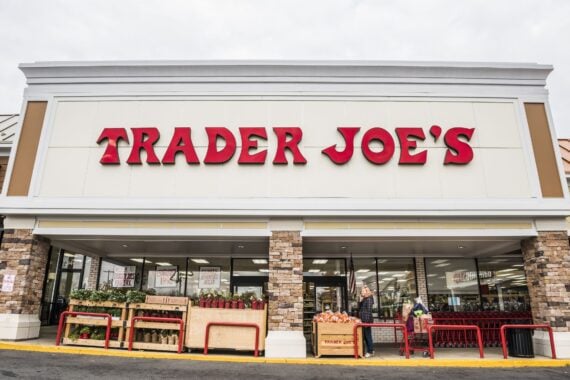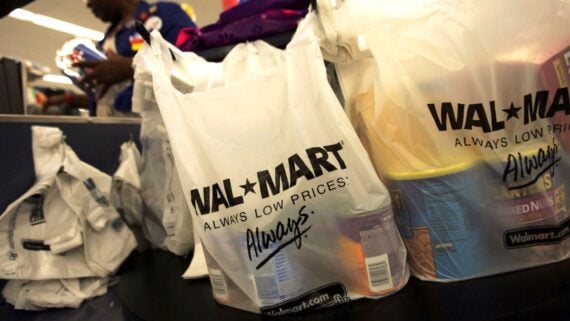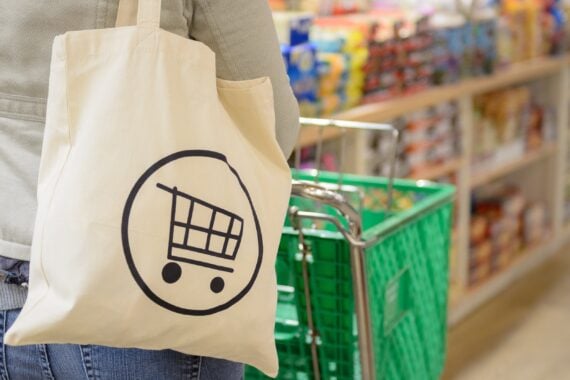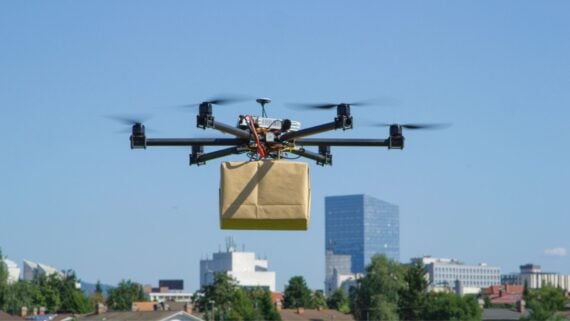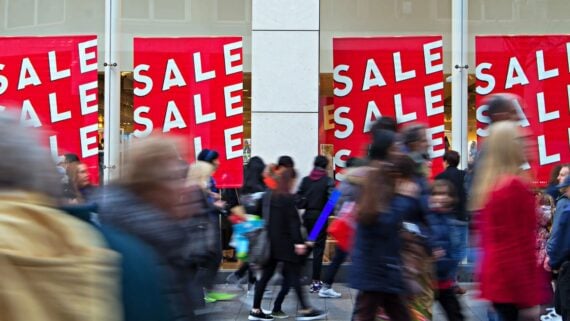Couponing was once a straightforward exercise that required only a pair of scissors, but it’s no longer just about clipping from magazines and newspaper circulars. Mobile apps, websites, and even a TV show have made couponing a cottage industry, with experts sharing tips on how to maximize the savings. Think you know coupons? In honor of National Coupon Month in September, here are some of the most noteworthy stats and history behind this money-saving tool.
THE WORD COMES FROM THE FRENCH
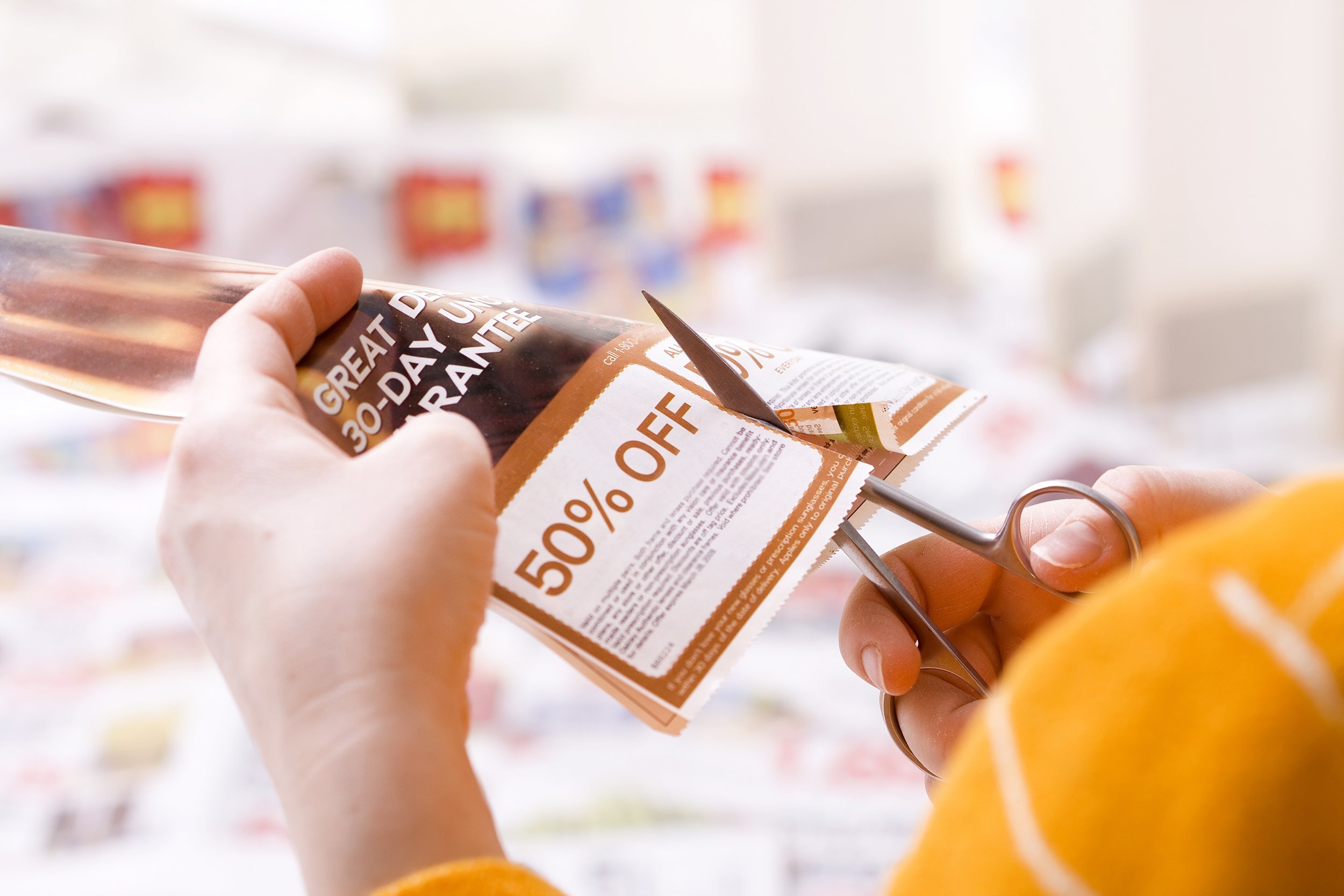
Coupon is derived from the French word couper, which means “to cut.”
AMERICA’S FIRST COUPON CAME FROM COCA-COLA
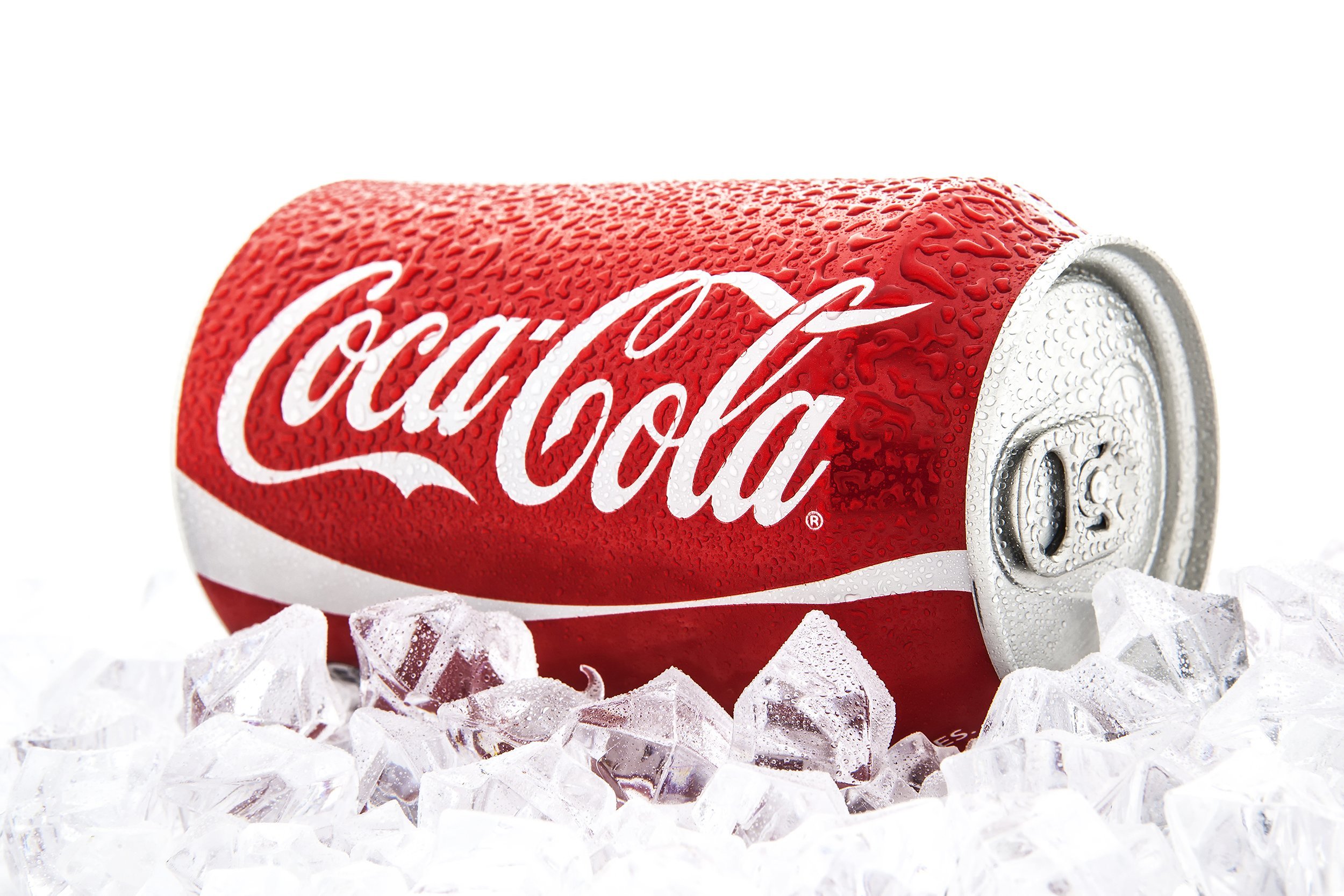
The first coupon dates to 1886, when John Pemberton, the inventor of Coca-Cola, gave out free cards to people on the street to get them to try the fizzy drink. Businessman Asa Candler bought the drink’s rights two years later and had the vouchers inserted into magazines to reach a wider audience.
POST CEREAL BROADENED THE COUPON’S HORIZONS
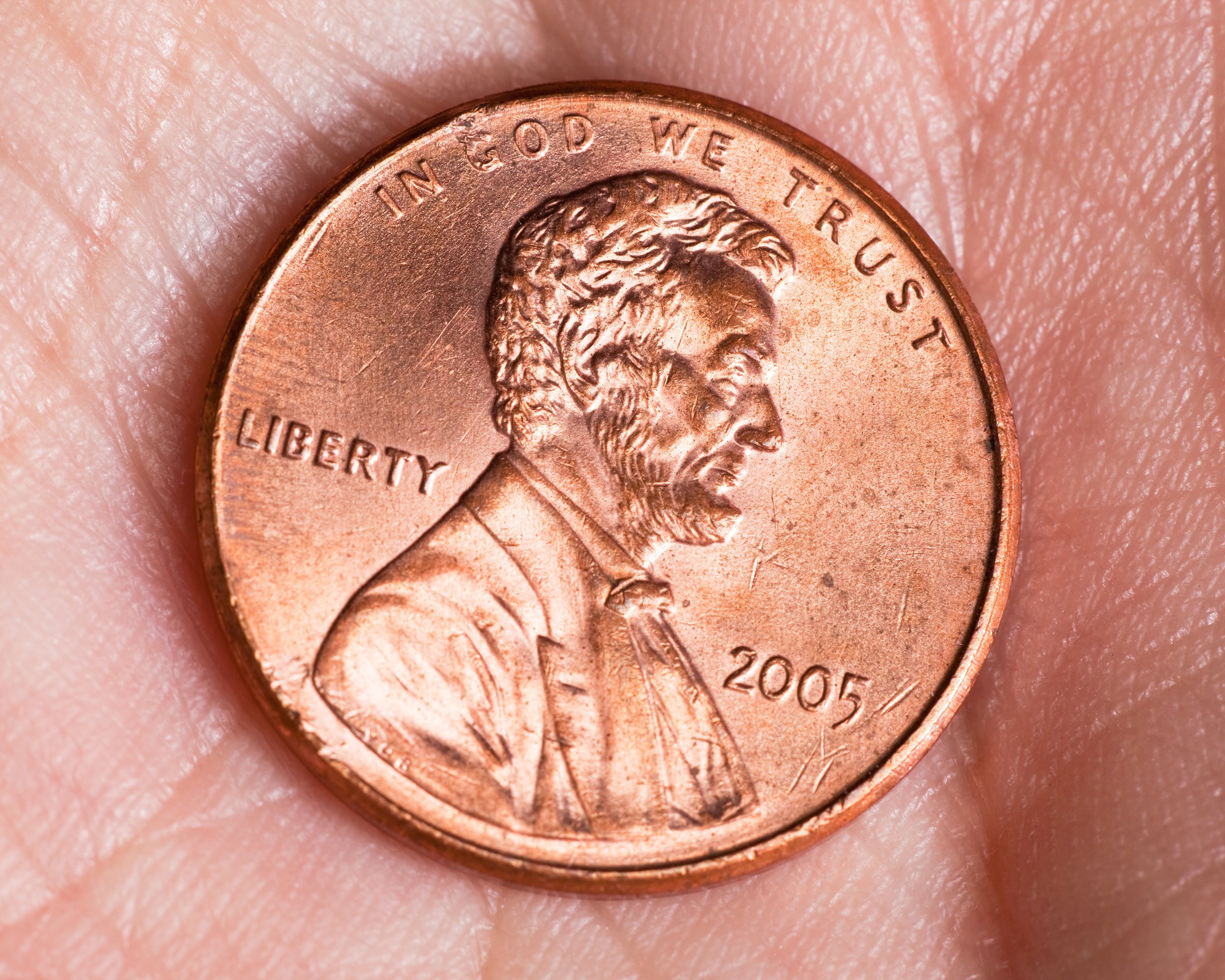
The first money-off coupon, for Post Grape-Nuts, debuted in 1909. The offer: one penny off the cereal’s retail price.
AMERICANS LOVE COUPONS
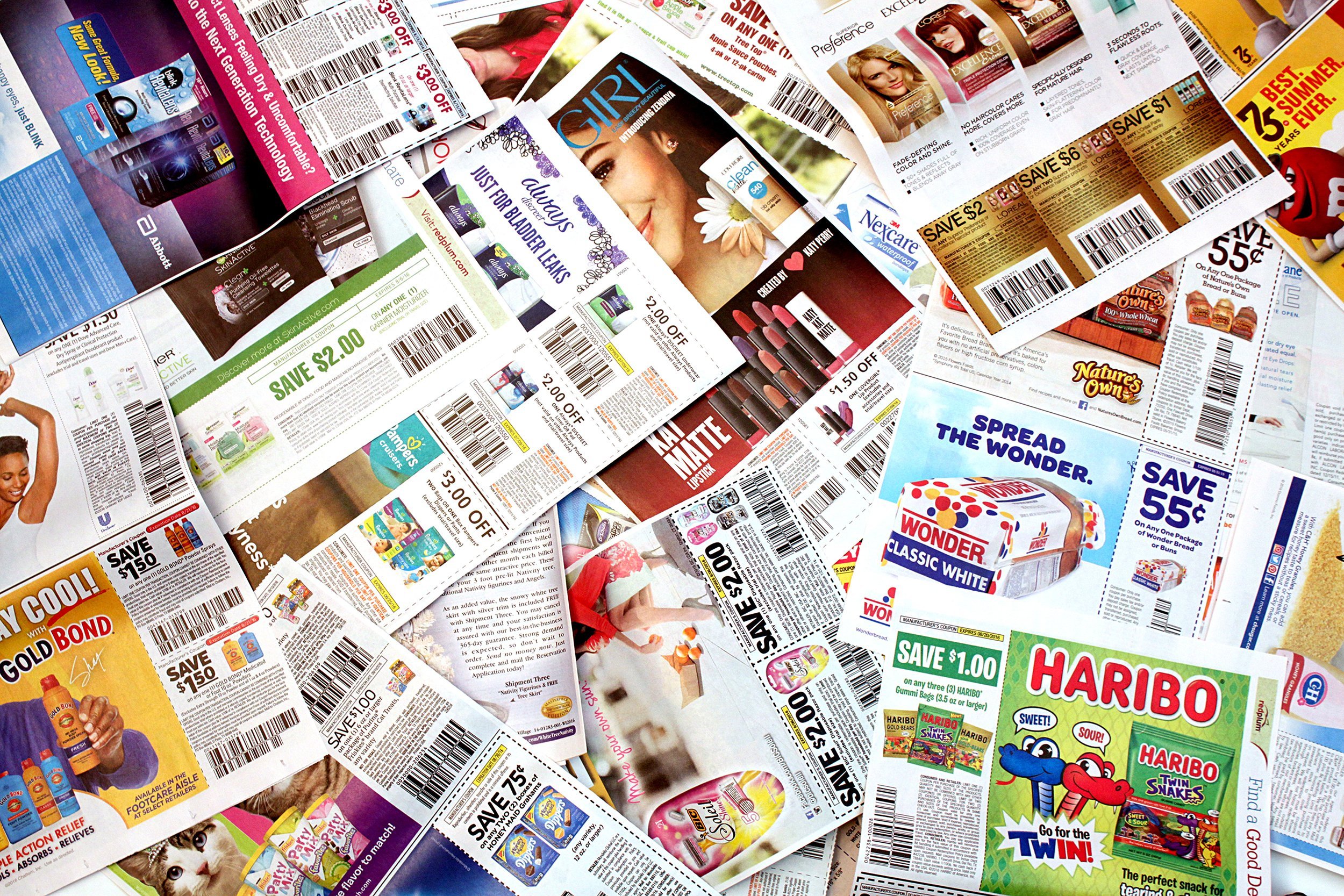
About 96 percent of shoppers claim to be coupon users, according to a 2014 survey by the coupon site RetailMeNot.
MANY CONSUMERS SWEAR THEY ALWAYS FIND A DEAL

In a recent survey by Blackhawk Engagement Solutions, a provider of incentive programs, 68 percent of shoppers claim to always take advantage of a deal, promotion, or coupon for their purchases.
Trending on Cheapism
COUPONS ARE THE MOST POPULAR TYPE OF PROMOTION
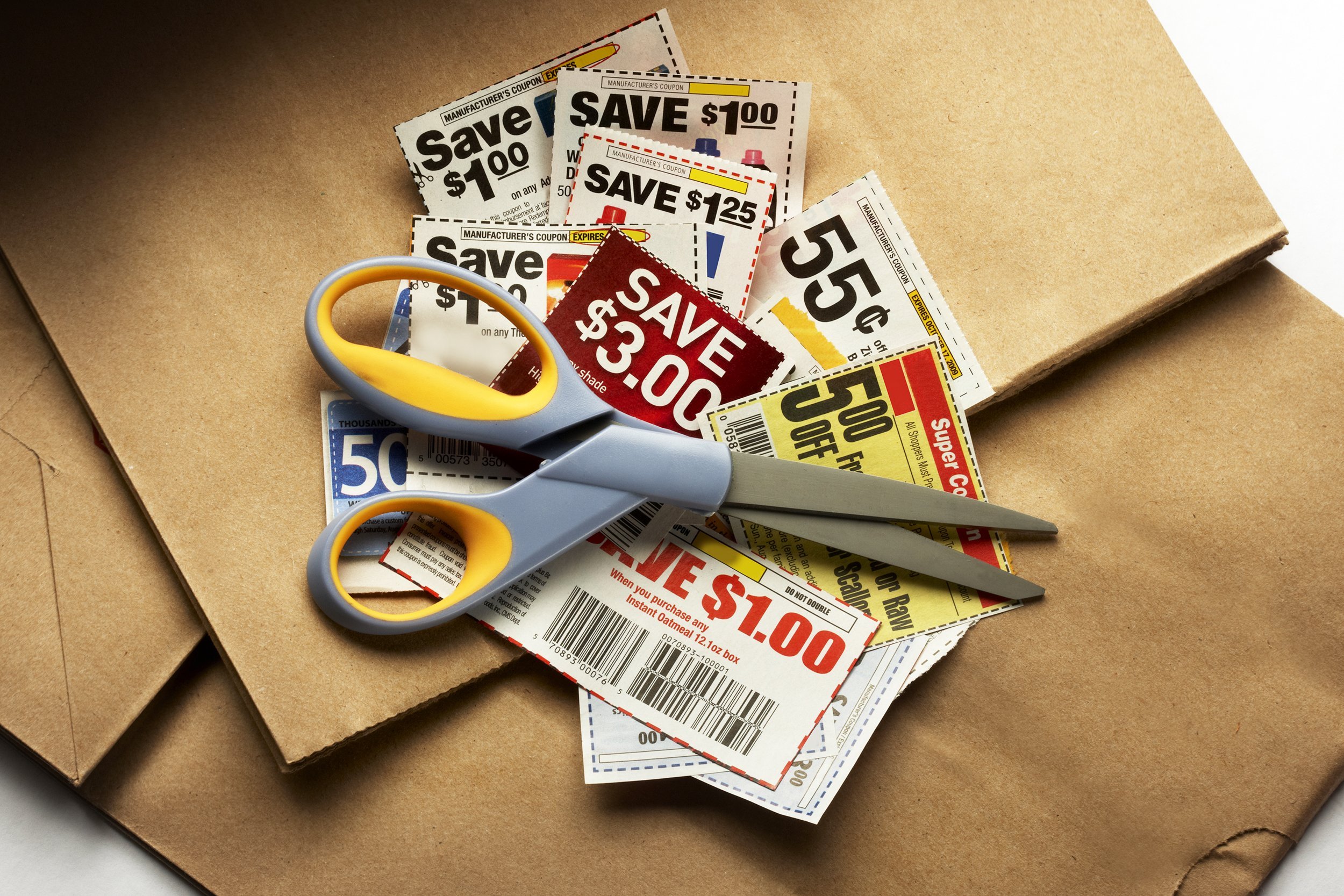
More than three in five shoppers prefer coupons to other kinds of promotions, according to a 2016 survey of more than 10,000 consumers by RetailMeNot and the location analytics company Placed.
COUPON USERS COME PREPARED
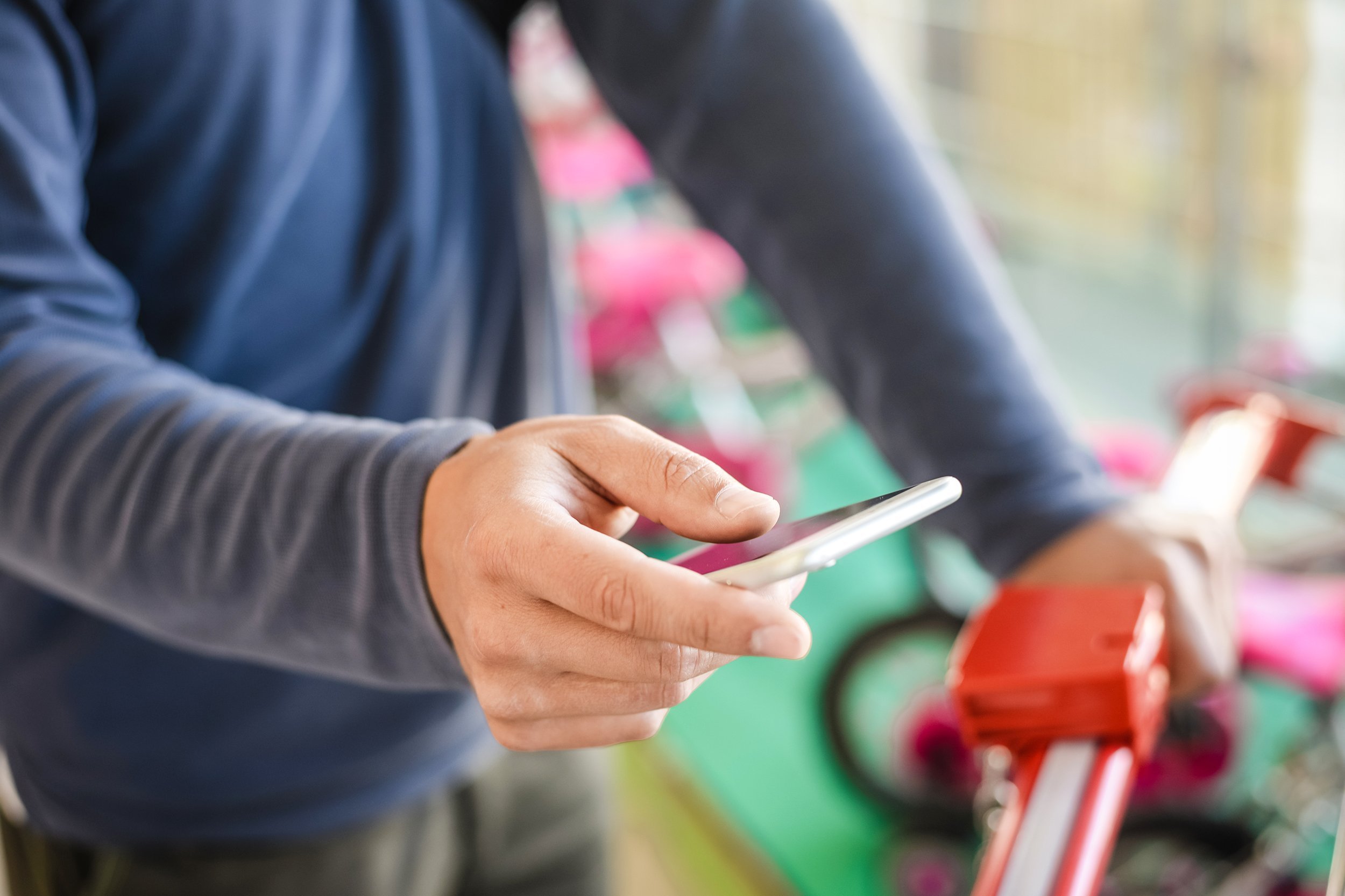
Although mobile apps can now call up coupons with the tap of a finger, about 85 percent of coupon users look for coupons for their store of choice before heading out shopping, according to the RetailMeNot and Placed survey.
THERE ARE MORE THAN ENOUGH COUPONS TO GO AROUND
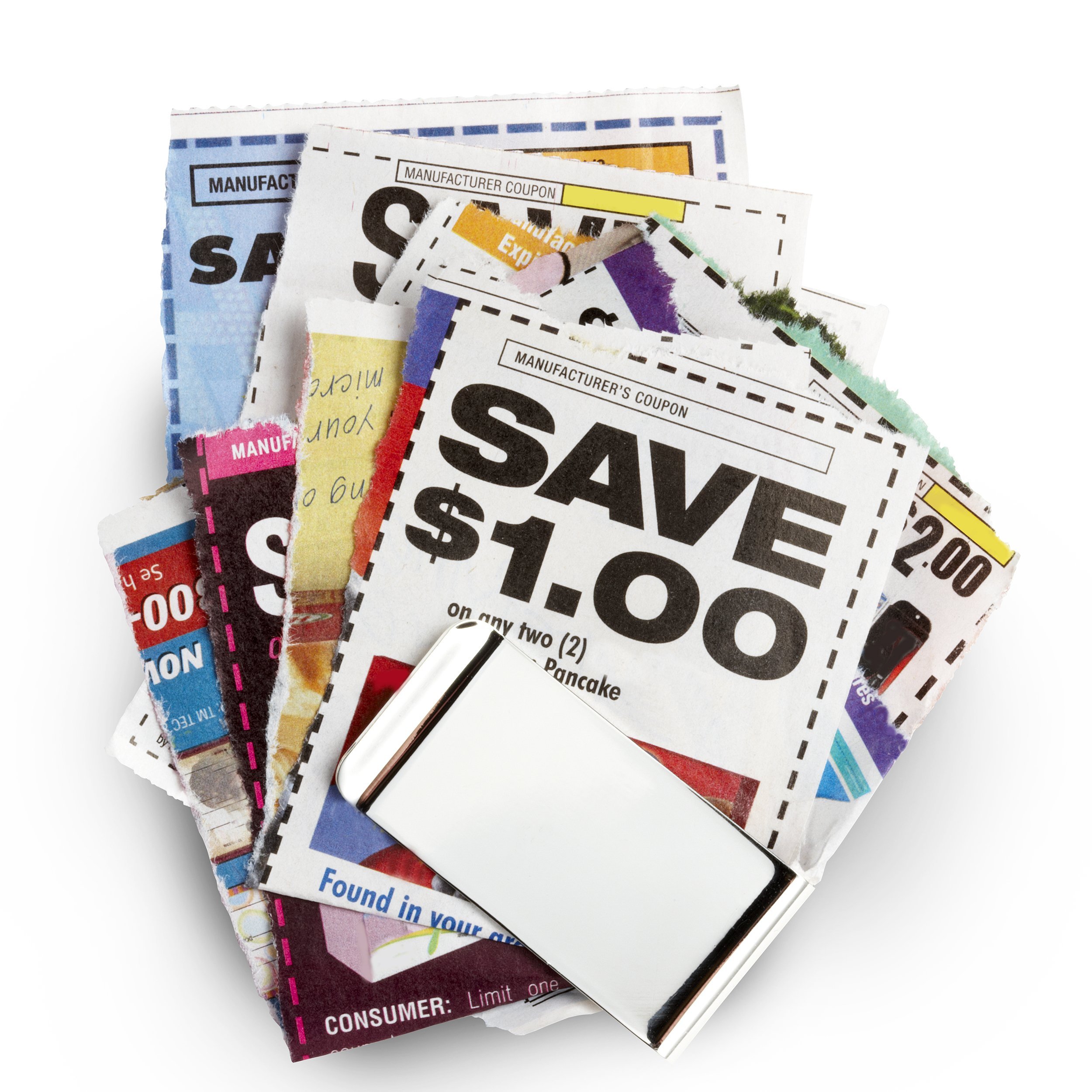
Between traditional paper coupons and digital offers, about 329 billion coupons for consumer packaged goods such as food and cleaning products made their way to American consumers in 2013, according to a report by Inmar Analytics. That’s more than 2,500 coupons per household.
Sign up for our newsletter
AMERICANS ARE MISSING OUT ON SAVINGS
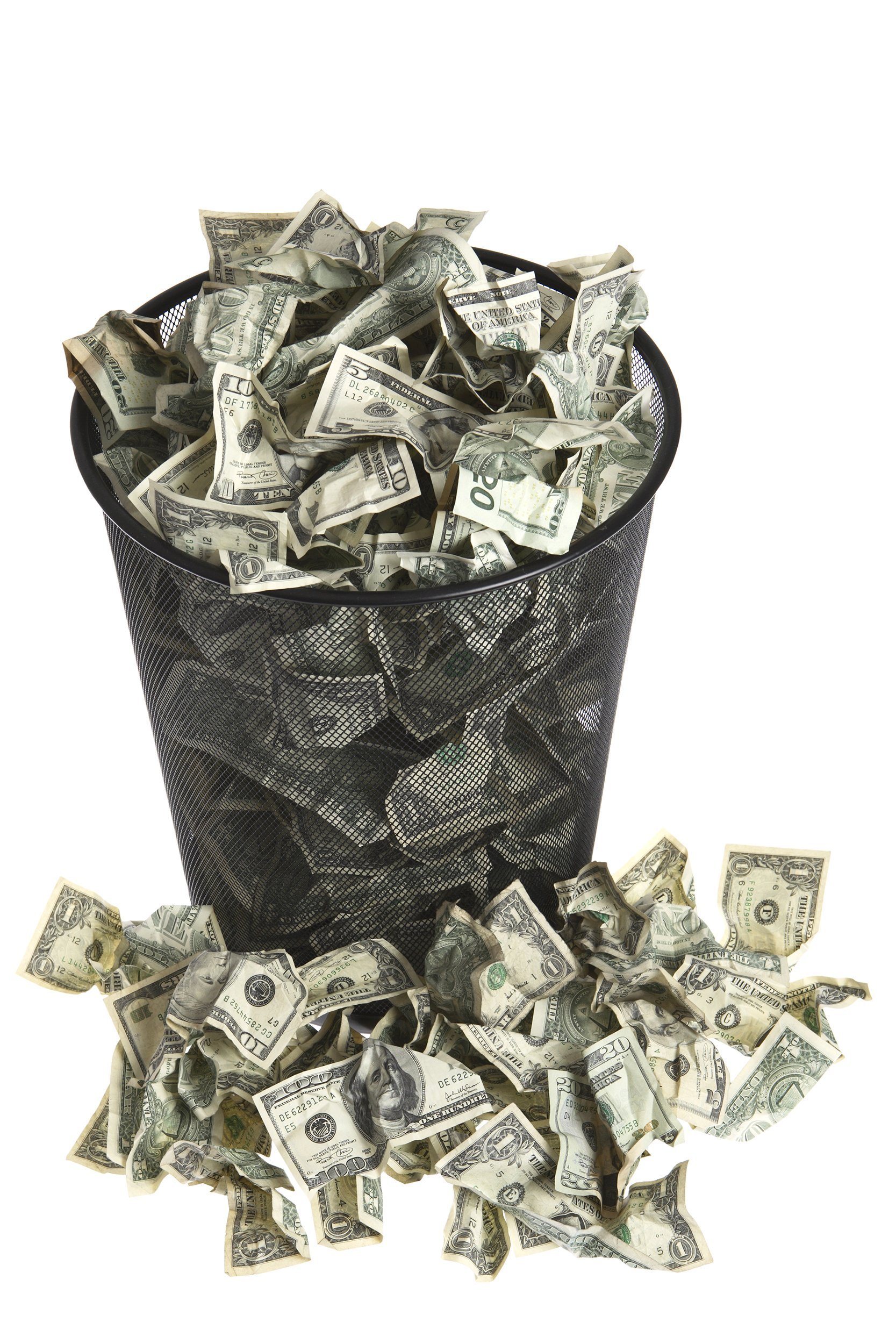
Despite having to look no further than their mailbox or inbox for bargains, many consumers don’t make the effort. The total value of the coupons in the Inmar report was $513 billion, or about $1,600 in annual savings for every person in the country. But consumers redeemed only $3.7 billion, or $11.60 a person.
ONLINE COUPONS ARE ON THE RISE

People aren’t just using their smartphones to play Pokémon Go. By 2019, mobile coupon usage could reach more than 1 billion consumers, according to Juniper Research, up from fewer than 560 million in 2014.
PAPER COUPONS ARE STILL POPULAR
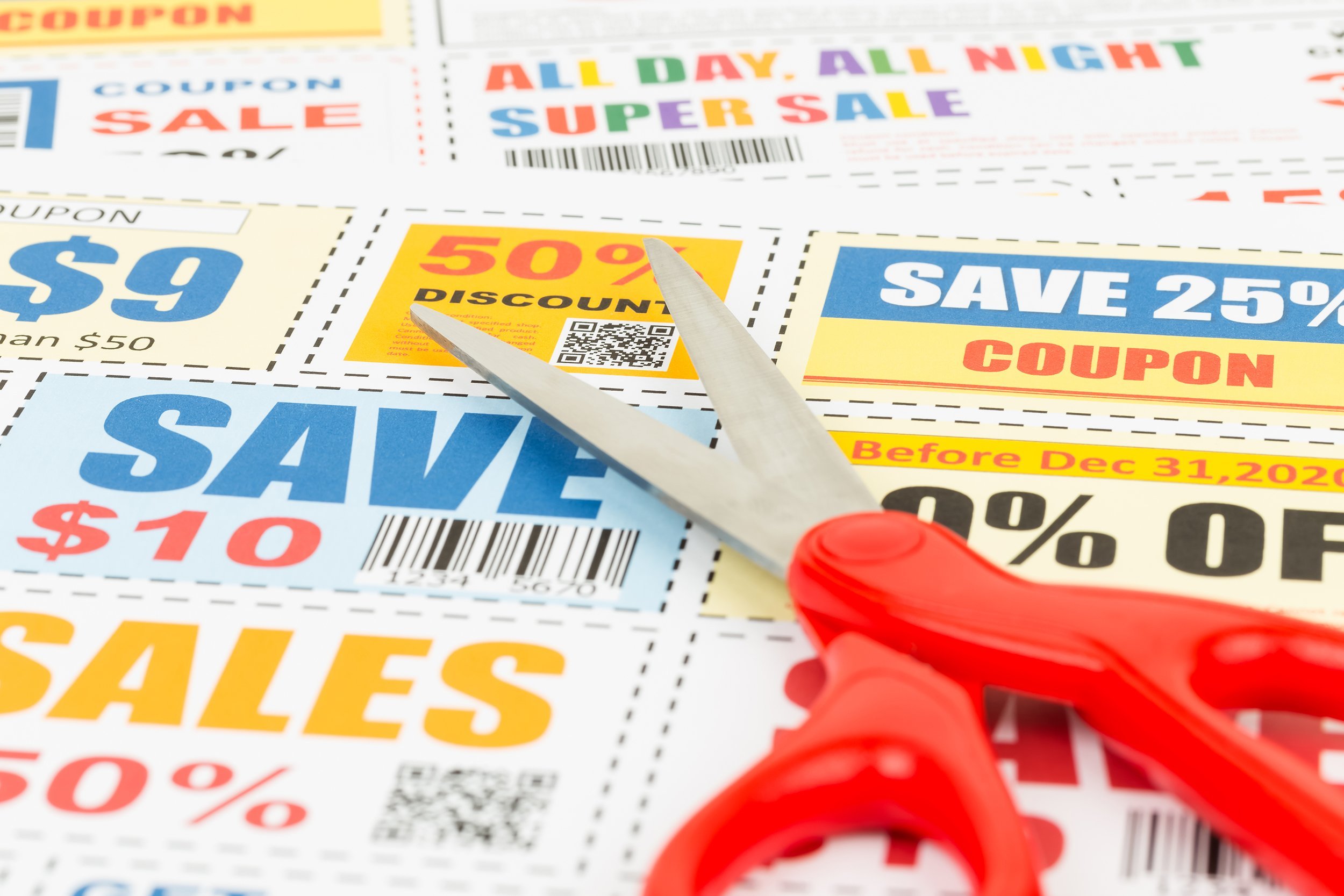
Coupon use tends to increase with age, but even younger consumers prefer to clip coupons the old-fashioned way. A 2015 survey commissioned by CreditCards.com shows that bargain hunters between 18 and 24 opt to clip paper coupons twice as often as they use other methods.
OVERALL COUPON USE IS DOWN
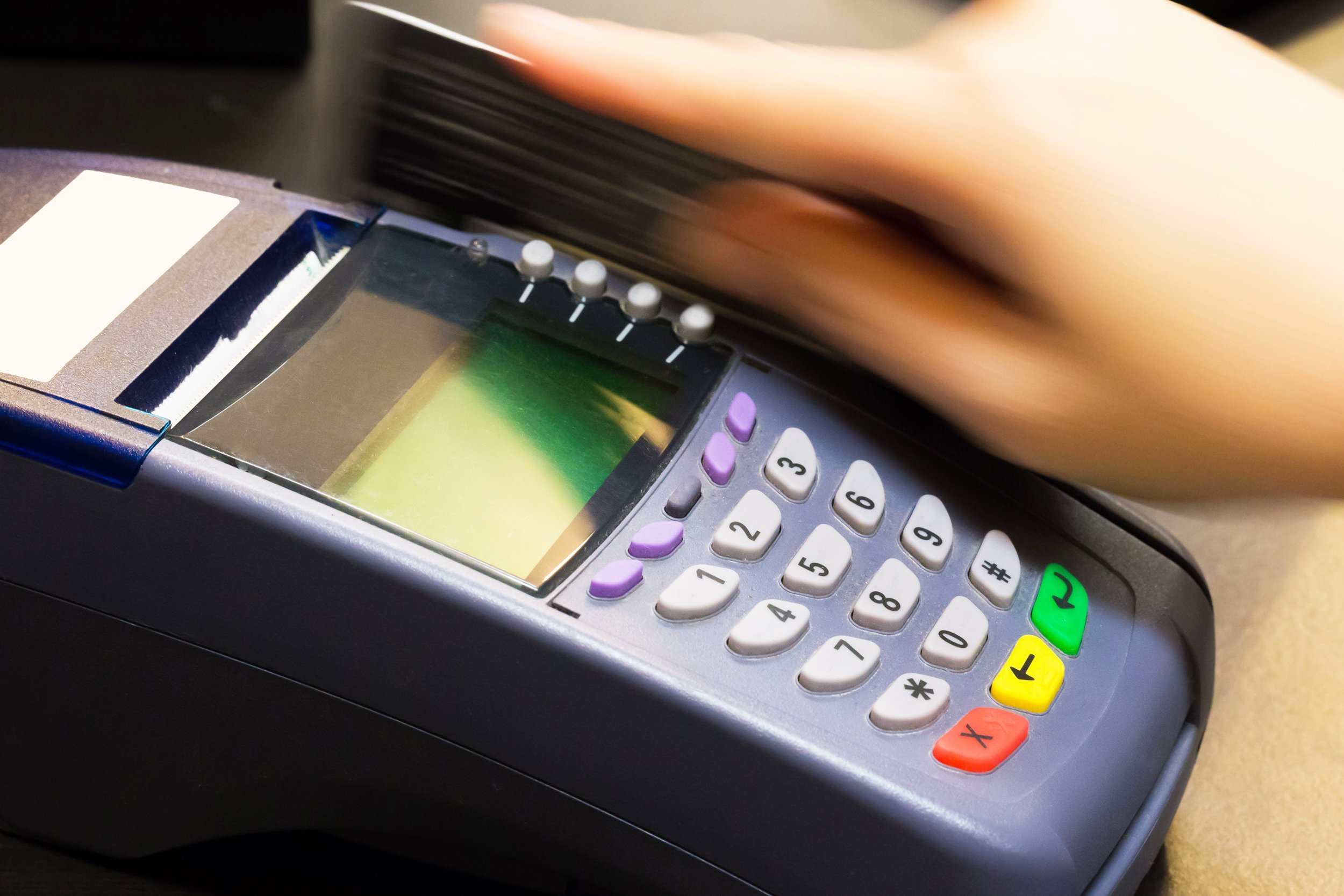
With just 2.5 billion coupons redeemed out of 321 billion distributed in 2015, according to Inmar’s annual Promotion Industry Analysis, coupon use was down 13 percent from the previous year. It has continued to decline this year, down 4.4 percent from the first half of 2015.
LESS THAN HALF OF SHOPPERS SEEK OUT COUPONS ONLINE

When it comes to buying groceries, especially, consumers aren’t likely to hop around the web for a bargain. Nielsen reported earlier this year that just 30 percent of grocery store shoppers had looked for coupons, deals, or promotions online in the previous six months.
GROCERY STORE COUPONS ARE ON THE DECLINE
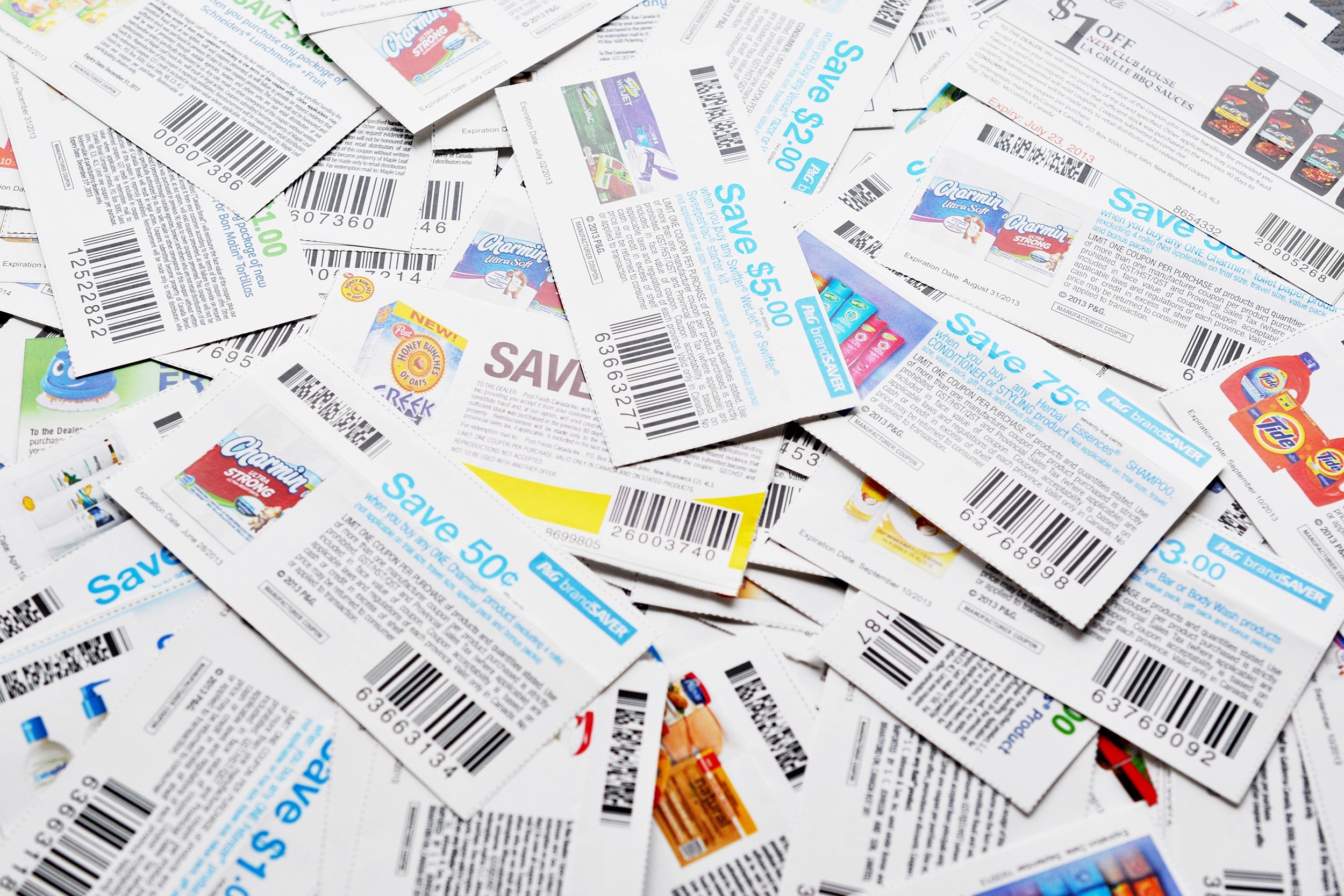
It may be that shoppers aren’t looking for grocery coupons online because there aren’t as many of them. Kantar Media says food coupons made up about 41 percent of all inserts in 2010. Last year, the number had dropped to about 31 percent.
FLORIDA IS COUPON-CRAZY

Orlando, Florida, was named America’s most frugal city by Coupons.com, which looked at the number of digital coupons clipped and the total dollar amount saved in 2015, accounting for population. Tampa, Florida, came in seventh.
EAST COAST CITIES ARE ALSO BIG ON COUPONS

According to RetailMeNot’s analysis of click behavior, New York, Boston, and Philadelphia have the most active couponers relative to their total population.
DIFFERENT REGIONS LIKE DIFFERENT TYPES OF DISCOUNTS
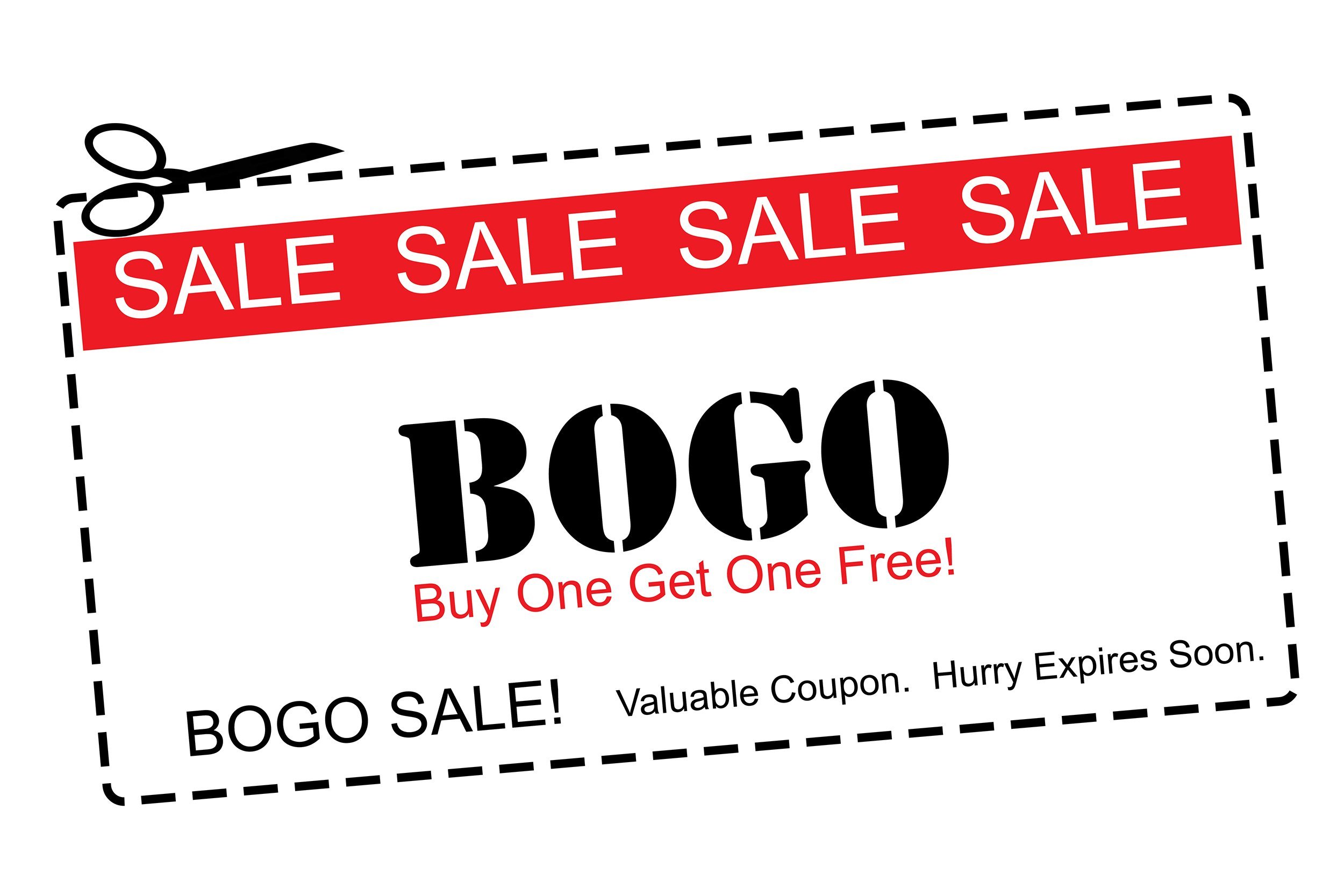
Believe it or not, people who live in different areas of the country have different coupon preferences. RetailMeNot finds that coupon users in the Northeast are more likely to respond to a specific percentage off a purchase price, while Southern states prefer buy-one-get-one-free, or “BOGO,” offers.
MORE THAN 1 IN 4 WOMEN SAY COUPONS ARE A HASSLE

In a 2014 survey by ShopSmart magazine, 28 percent of women said they find coupons bothersome. Still, some women are willing to put up with them anyway: 15 percent consider coupons a “necessary evil.”
COUPONS CAN MAKE BRAND-NAME PRODUCTS CHEAPER THAN STORE BRANDS
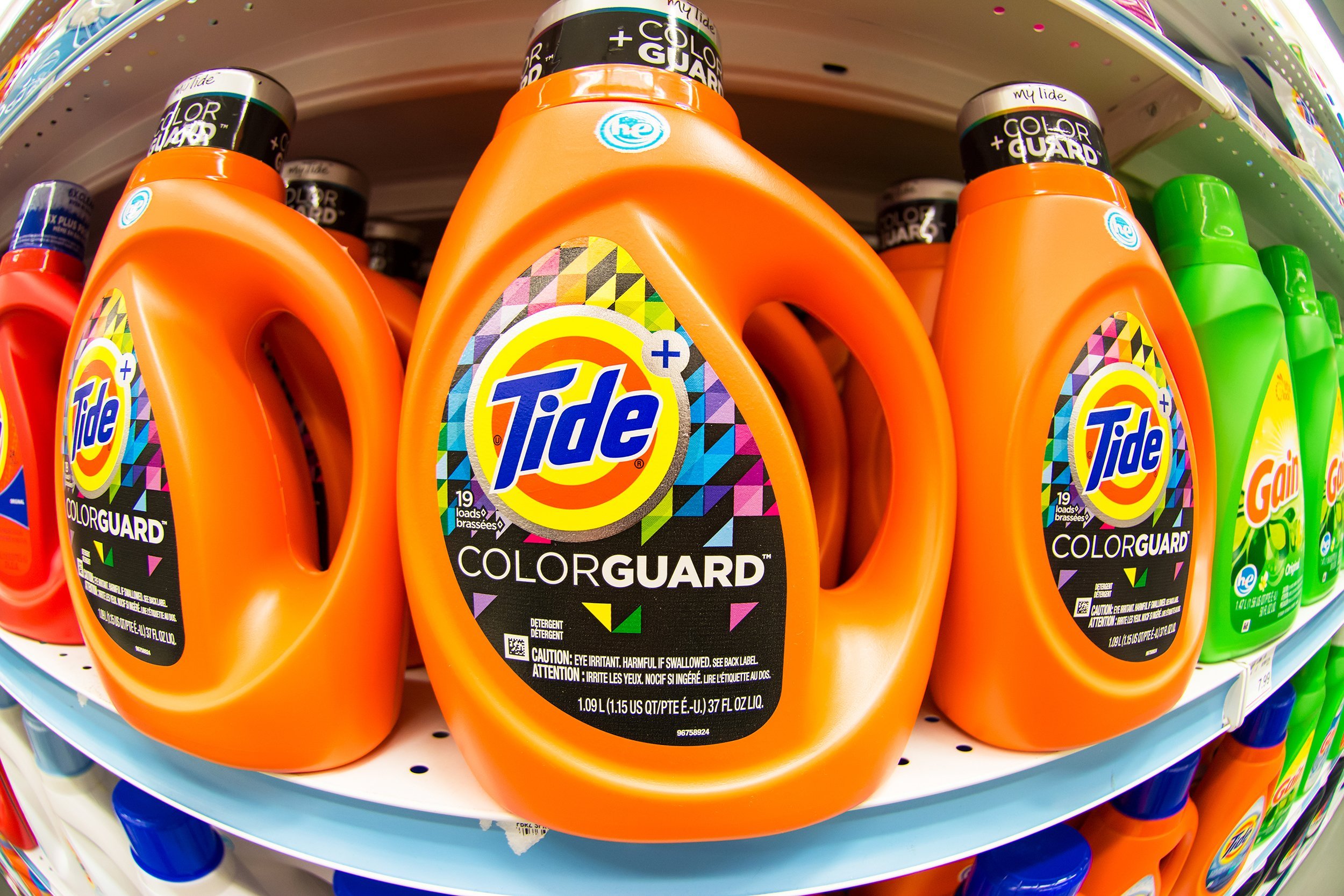
While store brands are usually cheaper than name brands, the right coupon can be a game changer, according to The Krazy Coupon Lady. Often, combining a store promotion with a coupon snares the lowest price.
HOLIDAYS ARE A HOT TIME FOR COUPONS

When the holiday crunch is on, retailers know it helps to give consumers a little extra incentive to open their wallets. About 90 percent of retail email campaigns during the 2014 holiday season featured some sort of offer, according to a study by Experian Marketing Services.
SHOPPERS WANT COUPONS TO BE MORE CONVENIENT
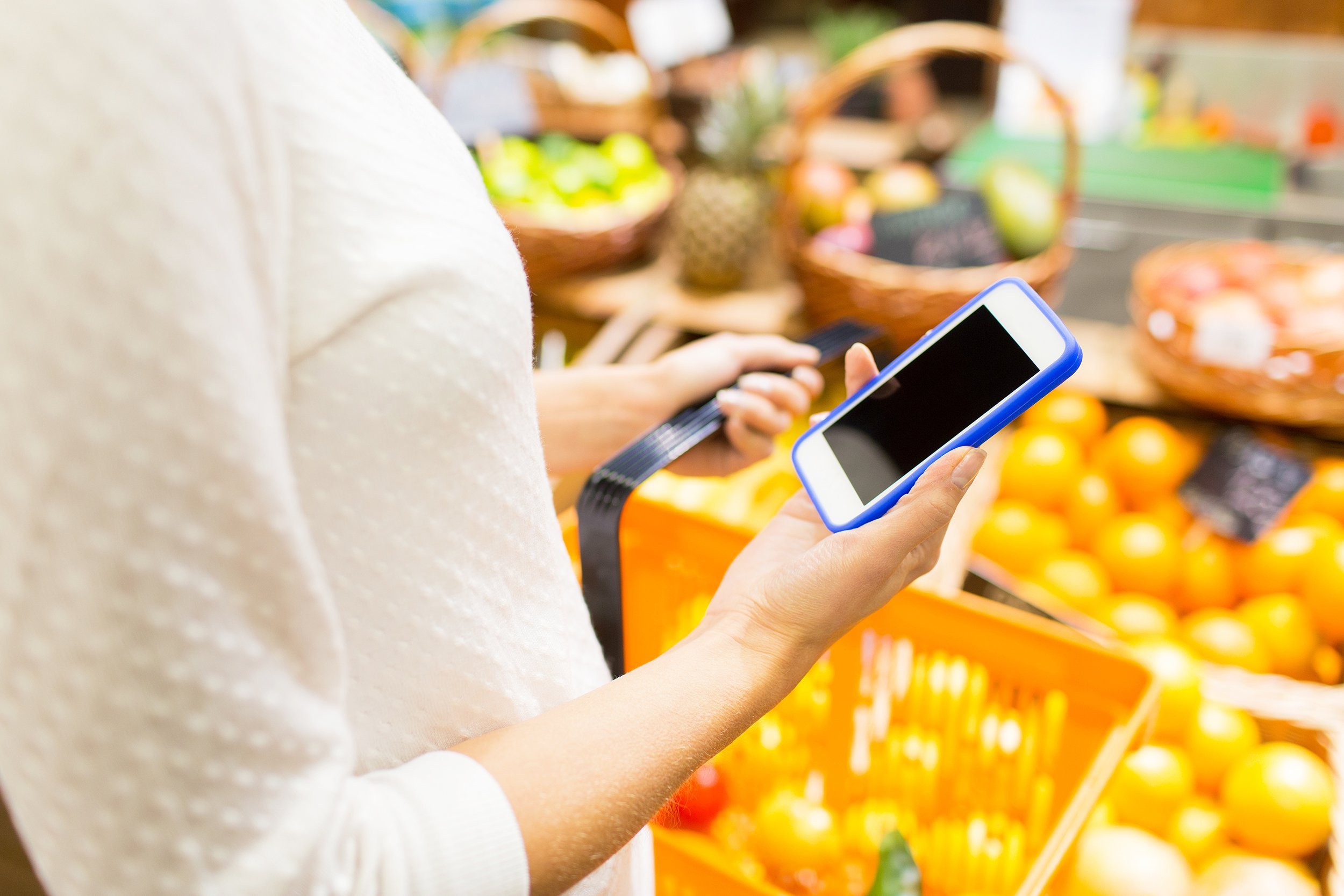
If Big Brother knows where shoppers are at all times, they might as well get a bargain out of it. Nearly half of consumers surveyed by the digital measurement and analytics firm ComScore in 2013 said they want retailers to send coupons to their phones when they are in or near a store.
COUPONS DON’T REQUIRE SHOPPERS TO BUY AS MUCH AS THEY USED TO

Coupons that have multiple purchase requirements are on the decline, according to a 2015 Kantar Media analysis of coupon circulars — good news for shoppers who may feel forced to buy more than they want to get a deal.
COUPON EXPIRATION DATES ARE GETTING SHORTER
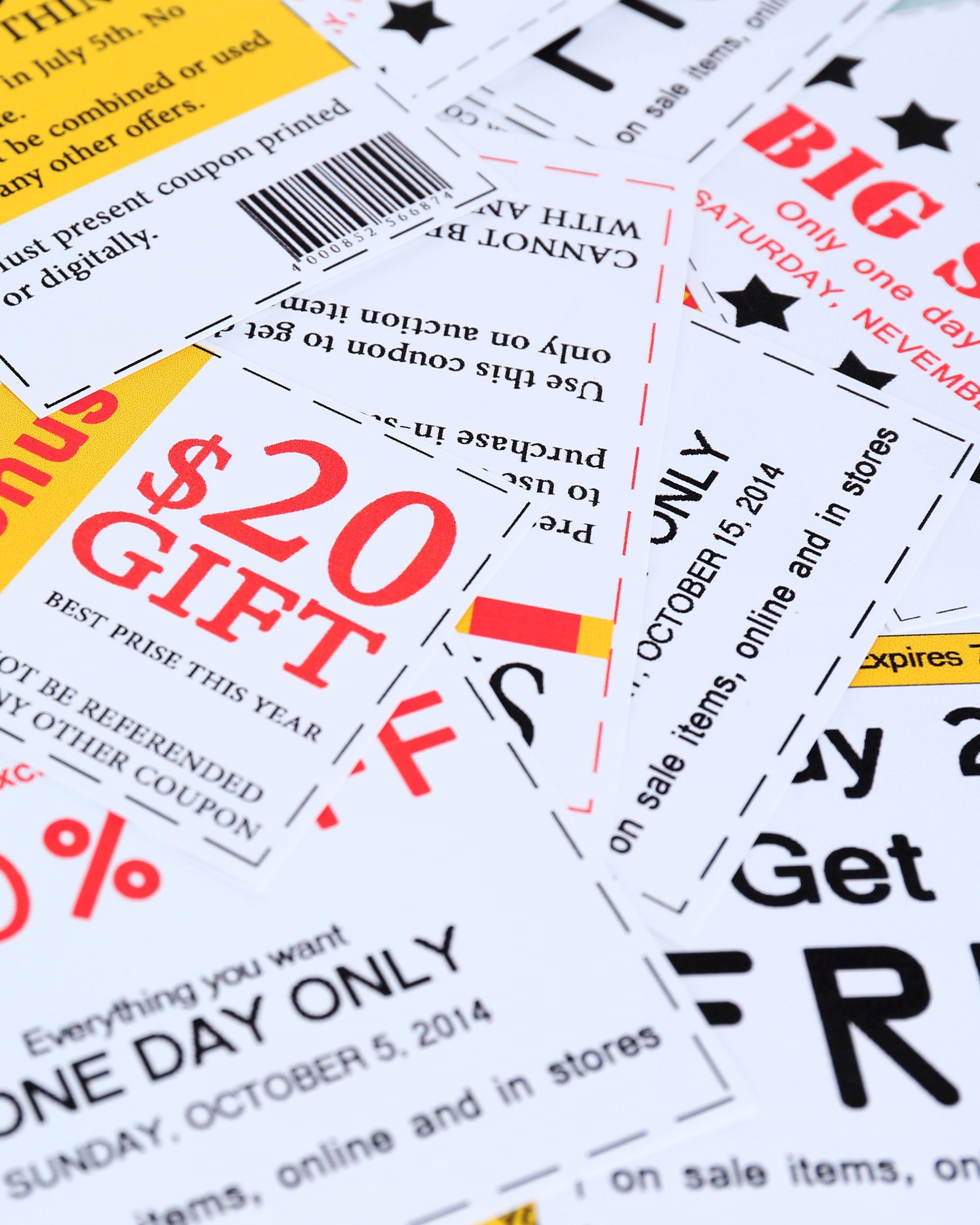
Coupon fraud is prompting companies to shorten the buying window before their coupons expire. Kantar Media reports that the average length is down to just over six weeks, and less for non-food products. High-value coupons often expire within a week, which makes it more difficult for scammers to sell, share, or steal coupons.

